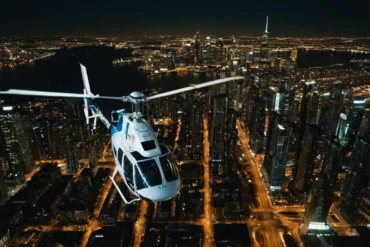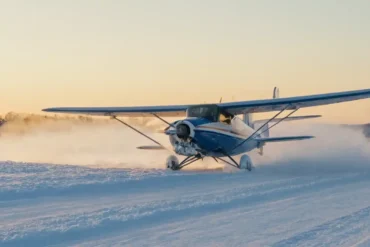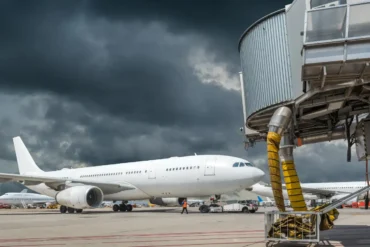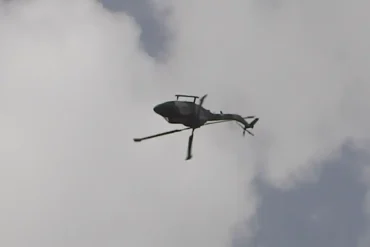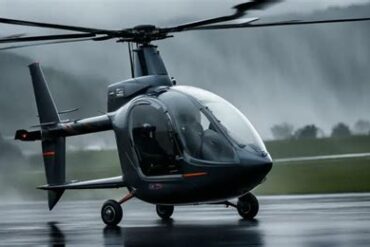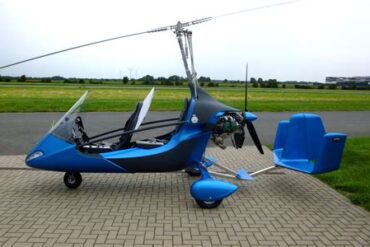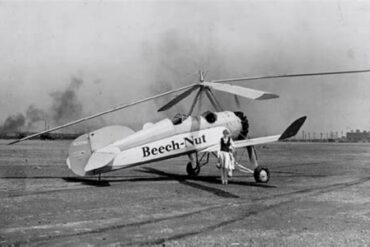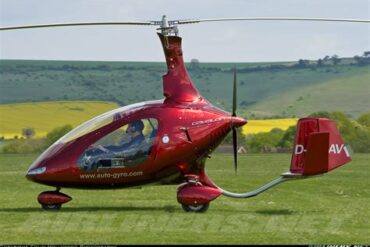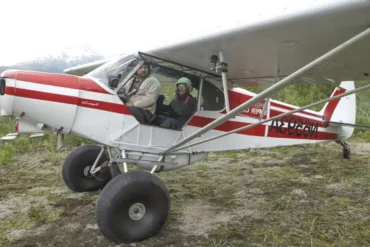Autogyros, also known as gyroplanes or gyrocopters, are a unique class of aircraft that operate using principles distinct from both fixed-wing airplanes and helicopters. These fascinating machines have captured the imagination of aviators and aviation enthusiasts for decades. One of the most common questions about autogyros is how fast they can fly. In this article, we will explore the various factors that influence the speed of an autogyro and delve into the details of their maximum speed capabilities.
Understanding Autogyro Mechanics
Before discussing the speed of an autogyro, it’s essential to understand the mechanics behind their operation. Unlike helicopters, which use powered rotors for lift and thrust, autogyros rely on an unpowered rotor for lift and a separate engine-driven propeller for forward thrust. The rotor of an autogyro is free-spinning, and the forward motion provided by the engine causes air to flow through the rotor blades, generating lift through autorotation.
This unique design allows autogyros to achieve vertical lift while maintaining a simple and reliable structure. However, it also means that their speed characteristics differ significantly from other types of aircraft.
Factors Influencing Autogyro Speed
Engine Power and Thrust
The speed of an autogyro is heavily dependent on the power of its engine. The engine drives the propeller, which in turn propels the autogyro forward. More powerful engines can generate greater thrust, allowing the autogyro to achieve higher speeds. However, it’s important to note that there is a limit to how much speed can be increased solely by adding more power. The design of the autogyro’s airframe and rotor system also plays a crucial role.
Rotor Design and Blade Configuration
The rotor system is another critical factor that influences the speed of an autogyro. The size, shape, and configuration of the rotor blades affect how efficiently the rotor generates lift and how much drag it produces. Longer blades may generate more lift but can also increase drag, which can limit the autogyro’s top speed. Conversely, shorter blades might reduce drag but could also compromise lift, particularly at lower speeds.
Rotor blades can also be optimized for different flight characteristics. For example, blades with a higher aspect ratio (longer and narrower) may reduce drag and allow for higher speeds, while those with a lower aspect ratio (shorter and wider) might provide better lift at the expense of speed.
Aerodynamic Efficiency and Airframe Design
The overall aerodynamic efficiency of an autogyro’s airframe is another key determinant of its speed. Streamlined designs with minimal drag allow the autogyro to move through the air more efficiently, which can significantly enhance speed. Features such as a sleek fuselage, enclosed cockpits, and reduced surface area all contribute to improving aerodynamic performance.
Additionally, the design of the autogyro’s landing gear, tail, and other structural components can impact its speed. Retractable landing gear, for instance, can reduce drag during flight, while a well-designed tail can improve stability and control at higher speeds.
Altitude and Atmospheric Conditions
The altitude at which an autogyro is flying can also affect its speed. Air density decreases with altitude, which can reduce drag and allow the autogyro to fly faster. However, this also means that the rotor may generate less lift, which could limit performance in other ways.
Atmospheric conditions, such as temperature, humidity, and wind, can further influence speed. Colder air is denser, which can increase drag, while hotter air is less dense, potentially allowing for higher speeds. Wind direction and strength can either aid or hinder forward motion, depending on whether the autogyro is flying with or against the wind.
Typical Speed Range of Autogyros
Cruising Speed
Most autogyros are designed for relatively low to moderate cruising speeds compared to fixed-wing aircraft. The typical cruising speed of an autogyro ranges from 55 to 95 mph (89 to 153 km/h). This speed range allows for efficient flight while maintaining the stability and control needed for safe operation. Cruising speeds are generally chosen to balance fuel efficiency, comfort, and the ability to cover distance effectively.
Maximum Speed
The maximum speed of an autogyro is typically limited by several factors, including engine power, rotor design, and airframe aerodynamics. The maximum speed of most autogyros falls between 100 and 125 mph (160 to 200 km/h). This speed is sufficient for most recreational and utility purposes, such as short cross-country flights, aerial surveying, and personal transportation.
It’s important to note that pushing an autogyro to its maximum speed can increase wear and tear on the rotor system and other components, so pilots usually operate at lower speeds during normal flight conditions.
Record-Breaking Speeds
While the typical autogyro operates within the aforementioned speed range, there have been instances where specially modified autogyros have achieved higher speeds. These record-breaking autogyros are often custom-built with high-performance engines, advanced rotor designs, and highly aerodynamic airframes.
For example, some experimental autogyros have reportedly achieved speeds exceeding 150 mph (240 km/h). However, these speeds are not representative of standard autogyro performance and are usually achieved under controlled conditions by experienced pilots.
Comparing Autogyro Speed to Other Aircraft
When comparing the speed of autogyros to other types of aircraft, it’s clear that they are not designed for high-speed flight. Fixed-wing airplanes, particularly those with powerful engines and streamlined designs, can easily surpass the speeds of autogyros. Even helicopters, which share some similarities with autogyros, can often achieve higher speeds due to their powered rotor systems.
For example, a typical light aircraft, such as a Cessna 172, has a cruising speed of around 120 to 140 mph (193 to 225 km/h), while helicopters like the Bell 206 can cruise at speeds of 110 to 130 mph (177 to 209 km/h). These speeds are generally higher than what an autogyro can achieve.
However, speed is not the primary advantage of autogyros. Their unique design offers other benefits, such as the ability to take off and land in short distances, excellent low-speed handling, and a high degree of maneuverability. These characteristics make autogyros well-suited for specific applications where speed is not the most critical factor.
Advantages of Autogyros Despite Speed Limitations
Short Takeoff and Landing (STOL) Capabilities
One of the key advantages of autogyros is their ability to take off and land in very short distances. This capability is due to the autorotative lift provided by the rotor, which allows the autogyro to achieve flight with minimal forward speed. As a result, autogyros can operate from small airstrips, roads, or even open fields, making them highly versatile in terms of where they can be used.
Stability and Safety
Autogyros are known for their inherent stability, particularly at low speeds. The free-spinning rotor acts as a natural stabilizer, reducing the risk of stalls and spins that can occur in fixed-wing aircraft. This stability, combined with the simplicity of the design, makes autogyros relatively safe and easy to operate, even for less experienced pilots.
Maneuverability
The design of autogyros also allows for a high degree of maneuverability. They can perform tight turns, hover-like maneuvers, and other actions that would be challenging for fixed-wing aircraft. This maneuverability is particularly valuable in applications such as aerial photography, agricultural spraying, and search-and-rescue operations, where precision flying is often required.
Cost-Effectiveness
Compared to other types of aircraft, autogyros are relatively affordable to purchase, operate, and maintain. Their simple design means fewer moving parts, which reduces the likelihood of mechanical failures and lowers maintenance costs. Additionally, autogyros typically have lower fuel consumption rates than helicopters and fixed-wing aircraft, making them a cost-effective option for various flying tasks.
Conclusion
While autogyros may not be the fastest aircraft in the sky, their speed capabilities are sufficient for a wide range of practical applications. The combination of moderate cruising speeds, unique design advantages, and operational versatility makes autogyros an appealing choice for pilots who value safety, maneuverability, and cost-effectiveness over sheer speed. With typical cruising speeds ranging from 55 to 95 mph and maximum speeds reaching 100 to 125 mph, autogyros offer a balanced performance that meets the needs of many aviation enthusiasts and professionals alike.

